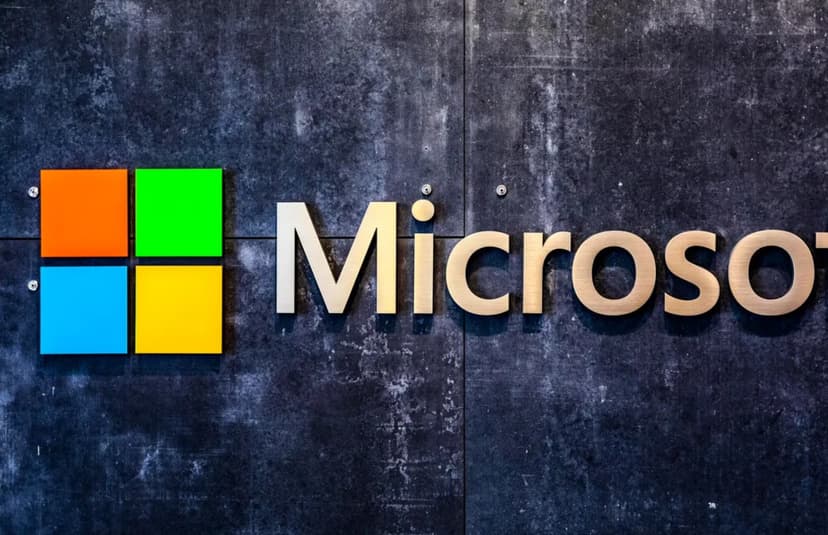Interoperability in Ethereum: Connecting Blockchains

Interoperability in the blockchain space refers to the ability of different blockchain networks to communicate and share data seamlessly. In the Ethereum ecosystem, achieving interoperability is becoming increasingly crucial as the blockchain’s applications and use cases continue to expand. In this article, we will delve deep into the concept of interoperability in Ethereum, exploring its significance, challenges, solutions, and future prospects. In addition, you can find an investment education company to start your learning journey by visiting www.ethereum-code.me.
Read Also
The Need for Interoperability
Expanding Use Cases for Ethereum
Ethereum’s original purpose was to enable the creation of decentralized applications (dApps) and smart contracts. However, its use cases have expanded beyond simple transactions to include decentralized finance (DeFi), non-fungible tokens (NFTs), supply chain management, and more. These diverse applications require a level of interoperability to function efficiently.
Limitations of Siloed Blockchains
Blockchains like Ethereum are often siloed ecosystems, meaning they operate independently, hindering data and asset flow between them. Without interoperability, users face limitations in accessing services and assets across different blockchains.
Real-World Examples of Interoperability Benefits
Consider a scenario where a user wants to trade an NFT created on Ethereum for assets on another blockchain like Binance Smart Chain (BSC). Interoperability allows for smooth cross-chain asset transfers, making such transactions feasible.
Ethereum’s Interoperability Solutions
Smart Contracts and Ethereum’s Role
Ethereum’s native feature, smart contracts, plays a significant role in enabling interoperability. Smart contracts can be programmed to execute actions on one blockchain based on events or conditions on another blockchain.
Cross-Chain Bridges and Their Operation
Cross-chain bridges are specialized software or protocols that facilitate the transfer of assets and data between different blockchains. They act as intermediaries, ensuring security and transparency in cross-chain transactions.
Interoperability Protocols
Projects like Polkadot, Cosmos, and Aion are dedicated to building interoperability solutions for Ethereum and other blockchains. These protocols aim to create an interconnected ecosystem of blockchains, allowing data and assets to flow seamlessly. Read About Priven Reddy Crypto King
Token Standards for Cross-Chain Compatibility
Ethereum’s token standards, such as ERC-20 and ERC-721, have gained widespread adoption. These standards make it easier for tokens to be created, managed, and traded across various blockchains, enhancing cross-chain compatibility.
Challenges and Barriers
Security Concerns in Cross-Chain Transactions
Interoperability introduces new security challenges. Ensuring the safe transfer of assets between blockchains requires robust security measures to prevent theft or manipulation.
Scalability and Transaction Speed
Cross-chain transactions can be slower and less scalable due to the additional steps involved in verification and confirmation on multiple blockchains. Solving scalability issues is crucial to maintaining efficient interoperability.
Governance and Consensus Differences
Different blockchains may have distinct governance models and consensus algorithms. These variations can complicate interoperability, requiring standardized solutions or cross-chain communication protocols.
Regulatory and Compliance Issues
The regulatory landscape surrounding blockchain and cryptocurrencies varies globally. Navigating regulatory compliance when transferring assets between blockchains can be a complex and evolving challenge.
Interoperability Projects and Initiatives
Ethereum 2.0 and Its Impact on Interoperability
Ethereum 2.0, with its transition to a proof-of-stake (PoS) consensus mechanism, is expected to improve scalability and efficiency. This transition will positively impact interoperability efforts within the Ethereum ecosystem.
Overview of Prominent Cross-Chain Projects
Projects like Chainlink, Polkadot, and Cosmos have gained prominence for their contributions to interoperability. Chainlink, for example, provides decentralized oracles that connect smart contracts with real-world data, enhancing the utility of cross-chain transactions.
Research and Development Efforts
Numerous research and development initiatives are underway to address interoperability challenges. These include cross-chain communication standards, secure key management solutions, and more.
Case Studies
A Detailed Examination of Successful Interoperability Projects
In this section, we will explore specific interoperability projects that have achieved success in connecting blockchains. Case studies will highlight their methodologies and outcomes.
Lessons Learned and Best Practices
Analyzing successful projects can yield valuable insights into best practices for achieving interoperability. Lessons learned can guide future development efforts.
Promising Upcoming Interoperability Projects
The blockchain space is dynamic, with new interoperability projects continually emerging. We will discuss some promising initiatives that are poised to make significant contributions.
The Future of Interoperability
Predictions for the Evolution of Ethereum Interoperability
As Ethereum and other blockchain ecosystems evolve, the future of interoperability holds promise. Predictions will provide insights into how interoperability will shape the blockchain industry.
The Role of Interoperability in Mainstream Adoption
Interoperability plays a pivotal role in bringing blockchain technology closer to mainstream adoption. Its impact on simplifying user experiences cannot be overstated.
Potential Impact on the Broader Blockchain Industry
Interoperability in Ethereum is a microcosm of the broader blockchain industry. Its successes and challenges offer insights into the direction of blockchain technology as a whole.
Conclusion
In conclusion, interoperability in Ethereum is a critical element for realizing the full potential of blockchain technology. It enables diverse use cases, enhances security, and drives innovation. As the Ethereum ecosystem continues to evolve, interoperability solutions will play an increasingly significant role in shaping the future of blockchain. The collaboration and innovation seen in this space are key drivers toward a more interconnected and efficient blockchain ecosystem.
More in crypto and Tech
- The Resurgence of Analog: How Old Tech is Inspiring Modern InnovationNov 16
- Google’s newest AI model is designed to help study dolphin ‘speech’Apr 15
- AI’s Role In Propelling Township Economies ForwardApr 14
- AI Models are Still Not Perfect with Debugging Code According to MicrosoftApr 14
- Crypto News Summary for the first Week of February 2025Feb 9
You Might Also Like

The Resurgence of Analog: How Old Tech is Inspiring Modern Innovation
The Allure of the Past in a Digital Age In an era where digital technology evolves at a breakneck pace, there’s a growing fascination with analog devices and experiences. This resurgence isn’t merely about nostalgia; it’s a reaction to the impersonal nature of digital interactions. People crave tactile experiences and a sense of connection that […]

Google’s newest AI model is designed to help study dolphin ‘speech’
Source: Tech Crunch Google’s AI research lab, Google DeepMind, says that it has created an AI model that can help decipher dolphin vocalizations, supporting research efforts to better understand how dolphins communicate. The model, called DolphinGemma, was trained using data from the Wild Dolphin Project (WDP), a nonprofit that studies Atlantic spotted dolphins and their behaviors. Built […]

AI’s Role In Propelling Township Economies Forward
Access to the internet remains a significant barrier for many informal sectors in South Africa. As artificial intelligence (AI) becomes more prevalent, township economies cannot afford to fall behind. Jo Griffiths, founder of Global Innovation Initiative Group that specializes in funding and fostering innovation across Africa, emphasizes that AI could be a game-changer to revolutionize […]

AI Models are Still Not Perfect with Debugging Code According to Microsoft
Source: Tech Crunch AI models from OpenAI, Anthropic, and other top AI labs are increasingly being used to assist with programming tasks. Google CEO Sundar Pichai said in October that 25% of new code at the company is generated by AI, and Meta CEO Mark Zuckerberg has expressed ambitions to widely deploy AI coding models within the social media […]








